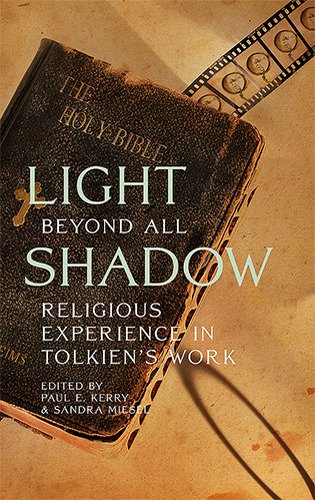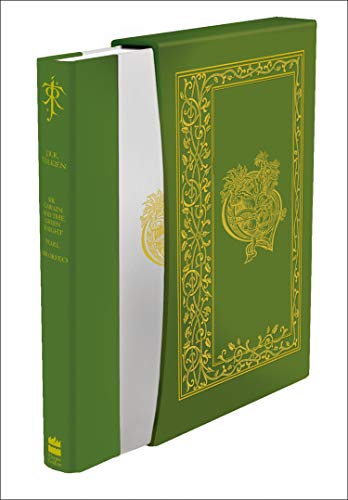Light Beyond All Shadows: Religious Experience in Tolkien's Work
21 Aug, 2011
2011-8-21 3:54:28 PM UTC
2011-8-21 3:54:28 PM UTC

What forms can religious experience take in a world without cult or creed? Organized religion is notably absent from J. R. R. Tolkien's Secondary Universe of elves, dwarves, men and hobbits despite the author's own deep Catholic faith. Tolkien stated that his goal was 'sub-creating' a universe whose natural form of religion would not directly contradict Catholic theology. Essays in Light Beyond All Shadows examine the full sweep of Tolkien's legendarium, not only The Lord of the Rings but also The Hobbit, The Silmarillion and The History of Middle-Earth series plus Peter Jackson's film trilogy. Contributions to Light Beyond All Shadows probe both the mind of the maker and the world he made to uncover some of his fictional strategies, such as communicating through imagery. They suggest that Tolkien's Catholic imagination was shaped by the visual appeal of his church's worship and iconography. They seek other influences in St. Ignatius Loyola's meditation technique and St. Philip Neri's 'Mediterranean' style of Catholicism. They propose that Tolkien communicates his story through Biblical typology familiar in the Middle Ages as well as mythic imagery with both Christian and pagan resonances. They defend his 'comedy of grace' from charges of occultism and Manichaean dualism. They analyze Tolkien's Christian friends the Inklings as a supportive literary community. They show that within Tolkien's world, Nature is the Creator's first book of revelation. Like its earlier companion volume, The Ring and the Cross, edited by Paul E. Kerry, scholarship gathered in Light beyond All Shadows aids appreciation of what is real, meaningful and truthful in Tolkien's work.
https://www.amazon.com/exec/obidos/ASI ... collsguid-20&linkCode=osi








 3515
3515 1384337
1384337